An interview movie that spans over 1 hour 30 minutes is released to the name creator who supported Sega's last game hard 'dream cast'

by
Sega's last home game hardware released in 1998 is Dreamcast . A YouTube channel ' Archipel ', which covers Japanese creators, has released a documentary movie in which the creators of Dreamcast's masterpiece titles were asked the back of 'Creating game software for Dreamcast'.
The movie is a two-part movie, with eight creators talking from Dreamcast release to game production. You can check out 'A Dream Cast-Part 1' from the following.
A Dream Cast-Part 1-YouTube
Yuka Saito , who sent ' Siemann ' to the world, was invited one day by Kenji Iino who was known for his ' D's Table ' and ' Enemy Zero '. It was revealed that the Dreamcast was being developed when we were having a meal with three people, including Mr. Shoichiro Ide , who was the vice president of Sega at that time.

Seaman is a game that breeds creatures that speak human language in the water tank, and boasts top sales of approximately 400,000 in the software released by Dreamcast.
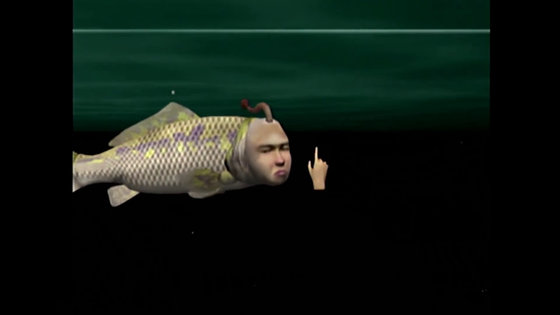
The main feature of Seaman is that it enables voice recognition by using a microphone that can be inserted into the controller's memory slot. It was a time when the technology of speech recognition had not progressed so much, but it became a topic of advanced work together with '
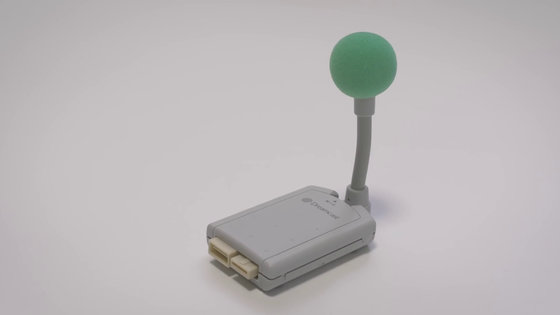
Many of the materials produced by Seaman are in PDF, but some are still at hand. In the movie, there is a scene where Mr. Saito looks back at the material collection, but the contents were all handwritten.

Although Seaman was originally a project that Saito had been warming up since before the Dream Cast, it was judged that it was difficult with the technology at that time, and it was said that she had been in storage. However, it seems that Mr. Saito created this Seaman as a title for Dreamcast, as it may be possible if it is the performance of Dreamcast.
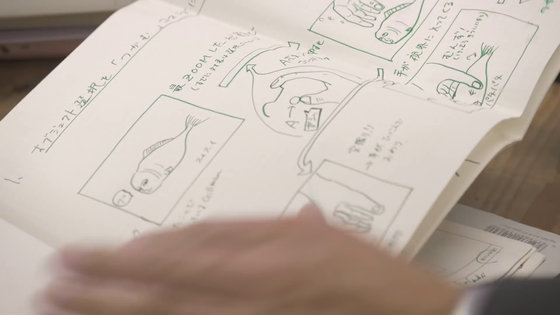
A sketch of Seaman by Saito. The content of the game is like 'Electronic Pet Training', and Seaman, who makes cynical expressions on the Buddha side, has gained popularity from people who do not usually play games. However, since most of the people who purchased Dreamcast for playing Seaman were non-gamers, Saito has said that he did not lead to the purchase of software other than Seaman.
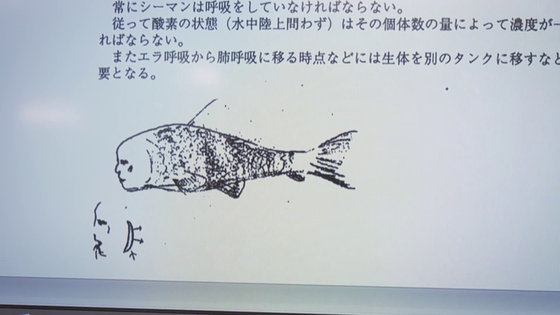

In particular,
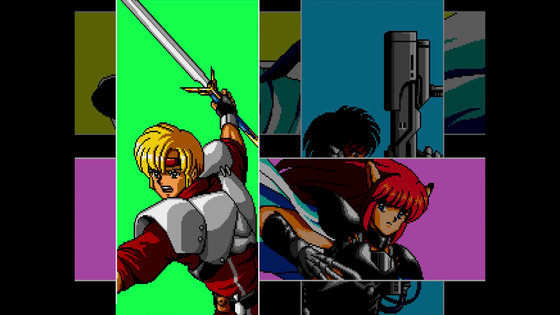
'
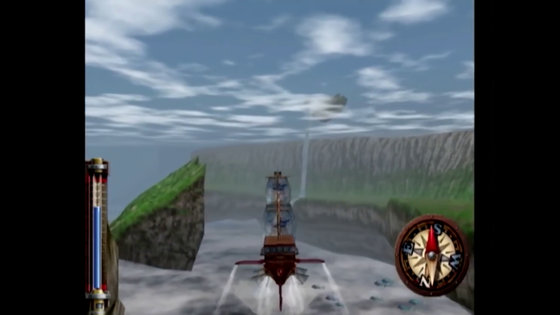
In addition to the regular edition, the '@barai edition' was also sold, which is cheap, available for purchase, can be played halfway, and if you want to go further you can download it via the Internet. It is a business model that is not uncommon in 2019, but in 2000 it became a topic as a groundbreaking idea.
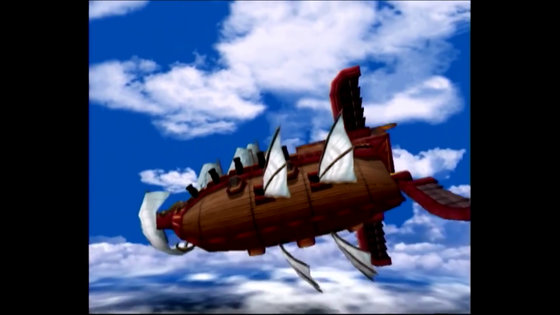
As the producer of '
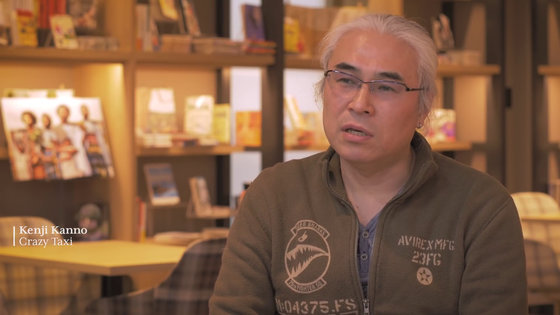
The following is the screen of '

Dreamcast was announced at the timing when the 'crazy taxi' was announced for arcades around 2000.
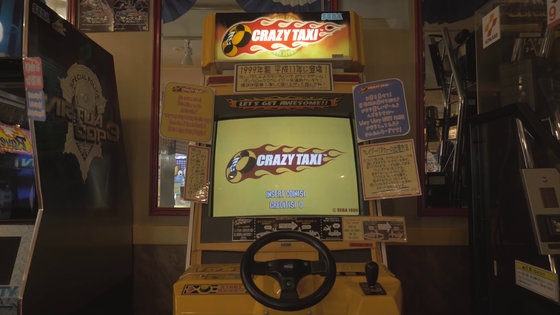
Because Dreamcast is compatible with the professional board
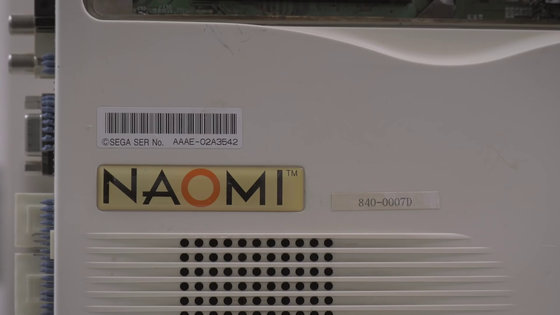
Crazy Taxi was an arcade game that adopted the NAOMI board for the first time in the 3rd AM Research and Development Department (known as AM3 Lab) of Sega. The Dreamcast version was released in January 2000, and the sequel '
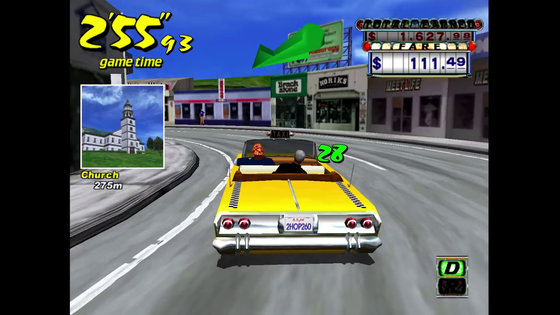
Mr. Masayoshi Kikuchi, who was the producer of the first '

After joining Sega in 1995, he participated in the production of the
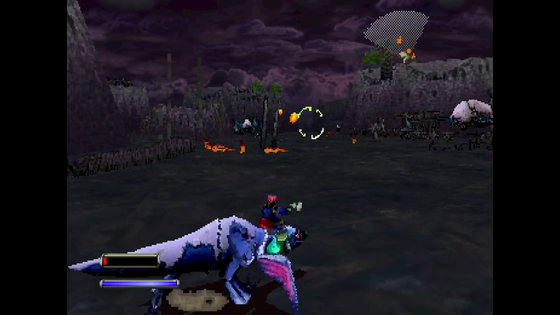
“
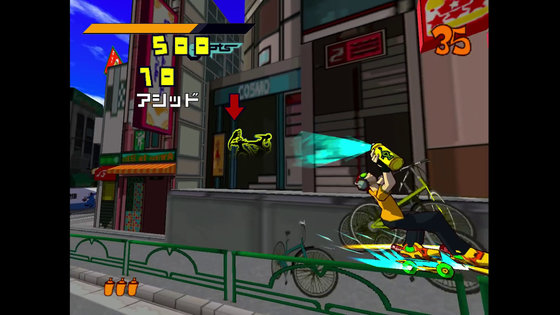
Mr.

Segagaga, which was released after the announcement of the Dreamcast discontinuation in 2001, is an RPG called “Sega will be pulled to control the game industry”. 'Real departments and events are models of game events,' 'Games released by Sega appear in the past,' 'RPG is a registered trademark of Bandai Co., Ltd.' every time the word 'RPG' comes out. A message comes out, 'Segagaga is a book that is packed with metafiction, brutality and bad riding.
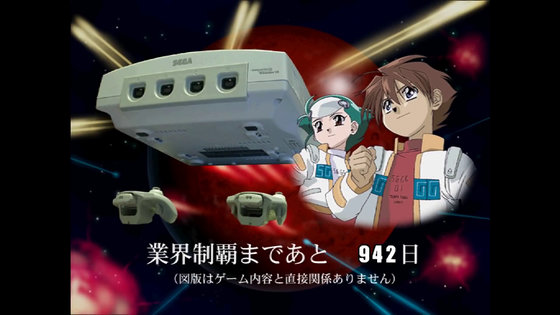
Mr. Okano has made it thinking that 'I will do it so thoroughly that metafictional games will not come out in the future'. Initially it was a mail-order exclusive software, but a general sales version was also released, with some data corrected later.
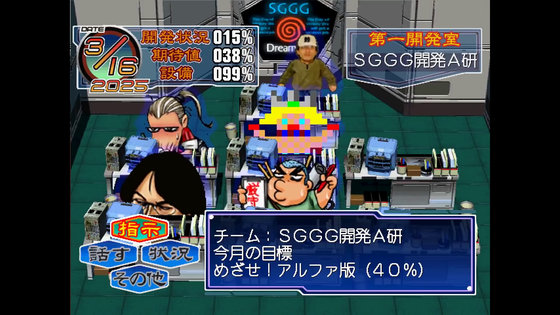
Such Sega Gaga has a budget of only 30,000 yen. The project document is shown in the movie, but the development period is 6 months with 'Anyway short, and low cost'.
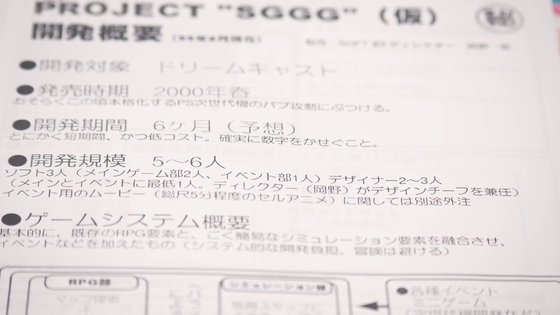
Mr. Okano who is a game hardware fan who recognizes both himself and others, referring to the color of Sega hardware, expressed that 'Sega has returned to sanity at the dream cast'. Regarding this, Mr. Kikuchi also stated that 'Sega had been supported by core game fans until now, but Sega was going to be fashionable in the Dreamcast,' and a general audience that Sega is not only a core gamer. It is understood that we were going to plan deployment aiming at also.
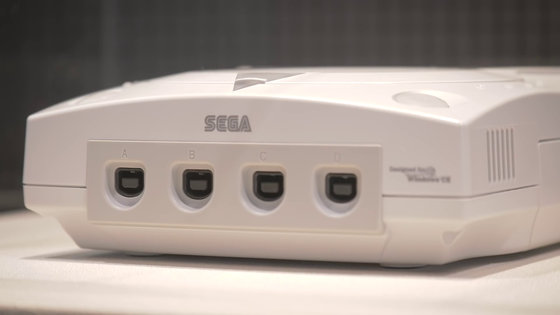
Mr.
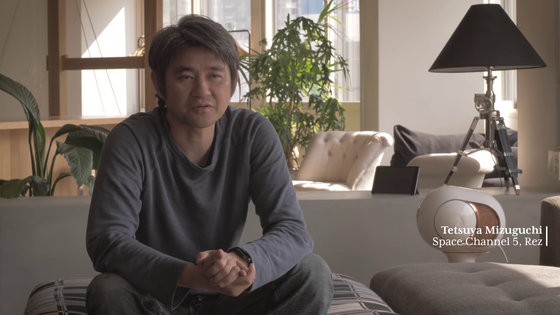
Among the works produced by Mr. Mizuguchi, one of the most famous is '

It is '
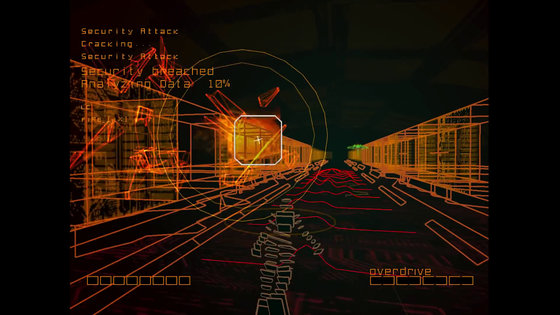
At the corner of Mr. Mizuguchi's office, a Synastasia suit, which was developed to enhance the sense of immersion, was decorated with '
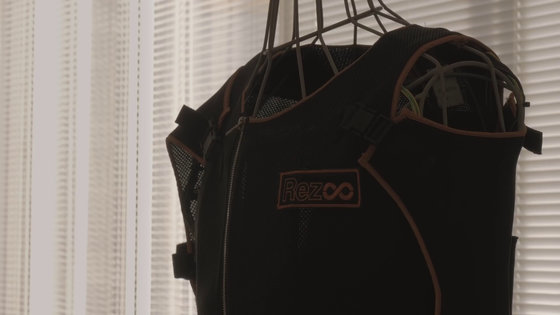
Mr. Mizuguchi testified that he had been communicating with many creators such as Iino, Saito, and Kikuchi while having a meal, and was often engaged in discussions, advice and consultation.
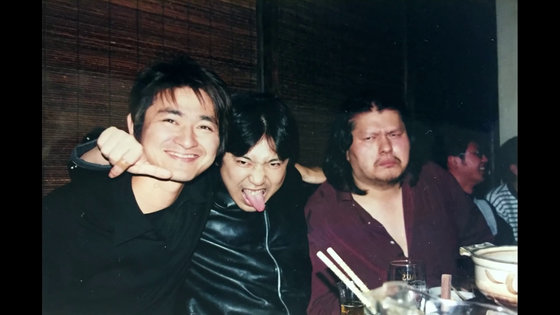
Mr. Hiroshi Inuchi, who joined Konami in 1989 and founded
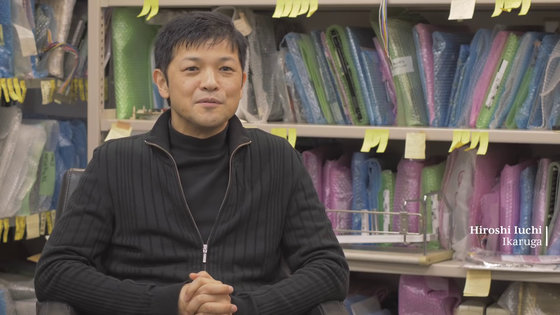
Treasure has released a lot of software for Sega game hardware.
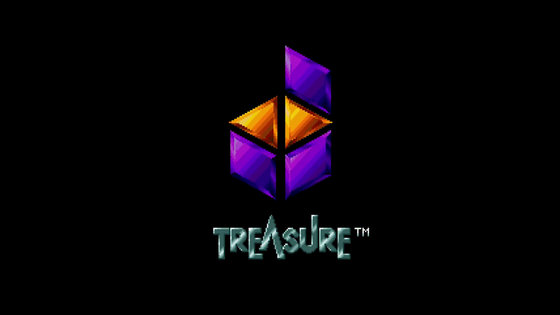
The representative of this is Treasure's first software '

Such treasure has released the game for the arcade. For example, the following game was released as an arcade game in 1998, and it is a shooting game '
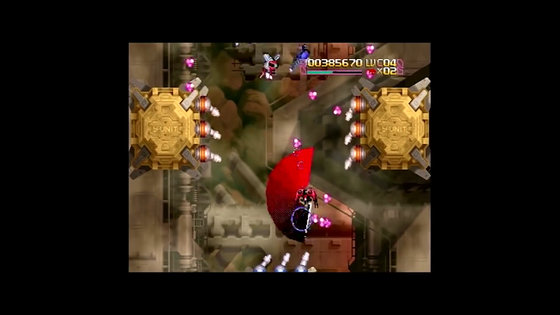
And, what Treasure released for arcade in 2001 is '
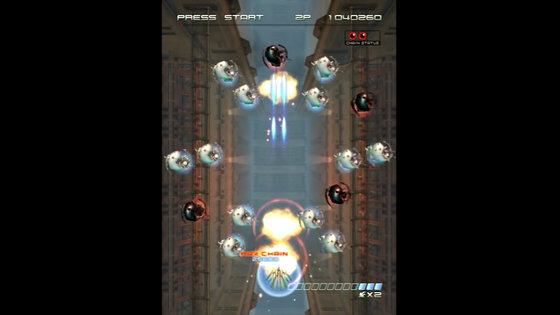
Mr.
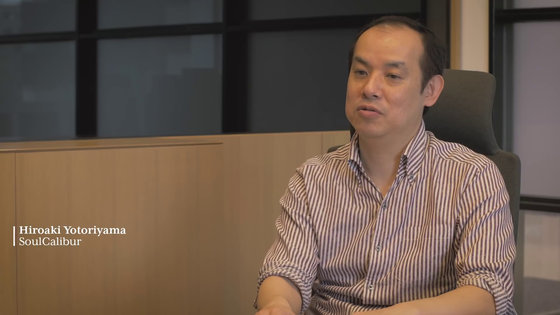
Such Mr. Setoriyama will be in charge of design and direction of 3D fighting game. At that time the Tekken series was deployed on the PlayStation ...

Mr. Setoriyama thought that he wanted to develop the arcade '
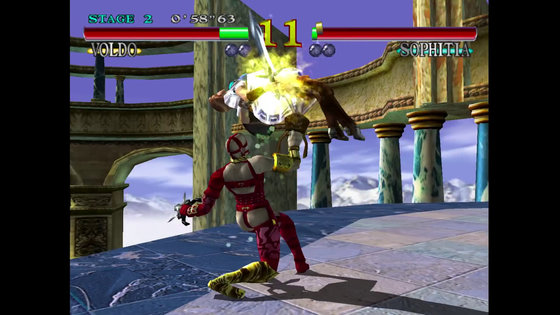
Dreamcast was a system in which a memory for storing game data was attached to the controller, but there was also a 'visual memory' with an LCD screen and buttons on this memory. Mr. Setoriyama said he wanted to make full use of this visual memory when porting Seoul Caliber to Dreamcast.
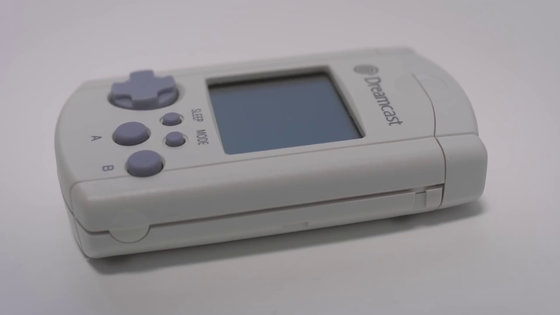
In addition, it is said that Mr. Setoriyama also drew the dot picture of the screen which goes into visual memory.

In addition, Mr. Setoriyama told with gestures that it is possible to operate in full even using Dreamcast's dedicated '
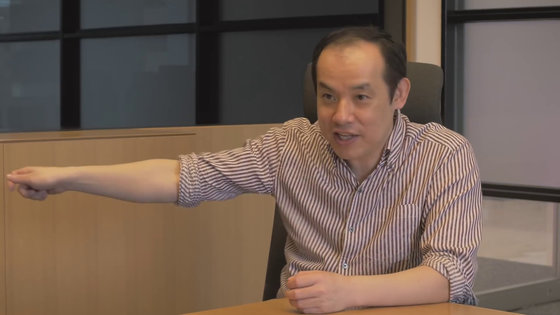
In Part 2, each creator talks about the end of the Dreamcast, where the loss of the market has become more intense with the advent of PlayStation 2.
Dream cast that had many attractive elements such as 'equipped modem for Internet connection' 'adopts GD-ROM for easy porting of business use boards' and ' start sound of composition by Ryuichi Sakamoto'. The advertising producer is Yasumoto Akimoto, who has appointed a copy of the newspaper “Sega is falling down?”, And Yukawa Yuichi, who served as Executive Director and Deputy General Manager of Consumer Business Headquarters of SEGA, for CM. It became a topic to develop advertising strategies such as the Executive Series.
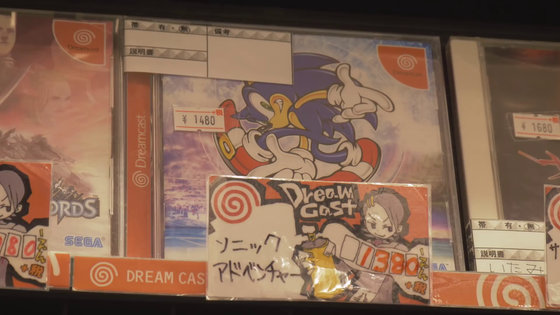
However, the cost per unit is very high, and Sega, who is strong in software development, was thinking of a business strategy centered on software. Despite the fact that the price at the time of release of Dreamcast's 29,800 yen was sold but there was little profit, it was reduced to 19,900 yen without cost reduction in one year from the sale, so every single car sold A deficit of about 10,000 yen has come out.
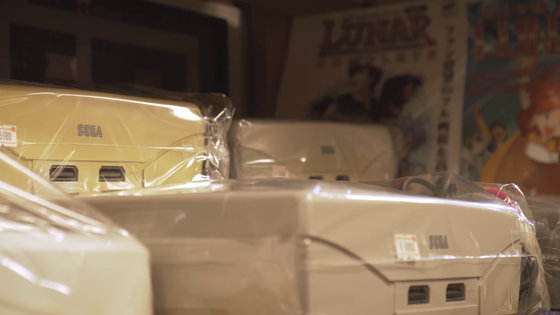
In addition, in the CM of the Yukawa Executive Series, the grueling content of “Sega yeah!” And “Let's go back and do press!” Became a topic, but in particular PlayStation 2 was released in 2000, The processing performance of 6.2 GFLOPS, which is overwhelmingly higher than the Dream Cast of 1.4 G
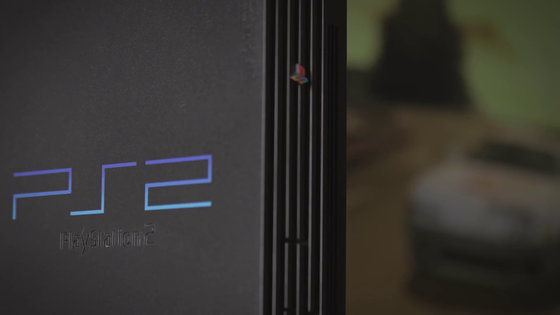
In addition, PlayStation 2 had backward compatibility that the PlayStation software of the previous model can play, but Dreamcast is one of the big cause of losing the fact that it was not possible to play the software of Sega Saturn. This was not clear in the hardware design specification, and it was the result of choosing cost over compatibility. There were also production problems of the main unit and lack of killer titles, and it was not possible to regain market share from PlayStation 2, and the production of Dreamcast was announced in January 2001. It was only two months later that Sega's Chairman Ogawa, who has fully supported the Dreamcast development project, passed away.
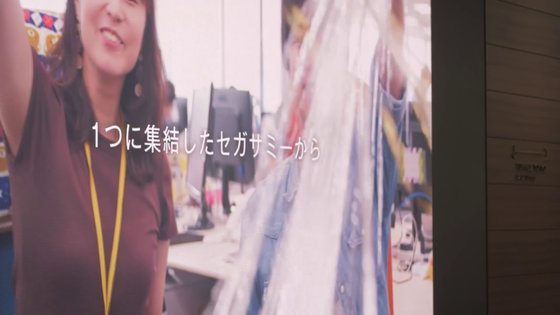
There are a variety of other valuable testimonials, so if you are interested please take a look at the main story. Part 1 and Part 2 have a total length of 1 hour and 30 minutes, but it is worth watching from the beginning to the end if you once held the Dreamcast controller.
Related Posts:







